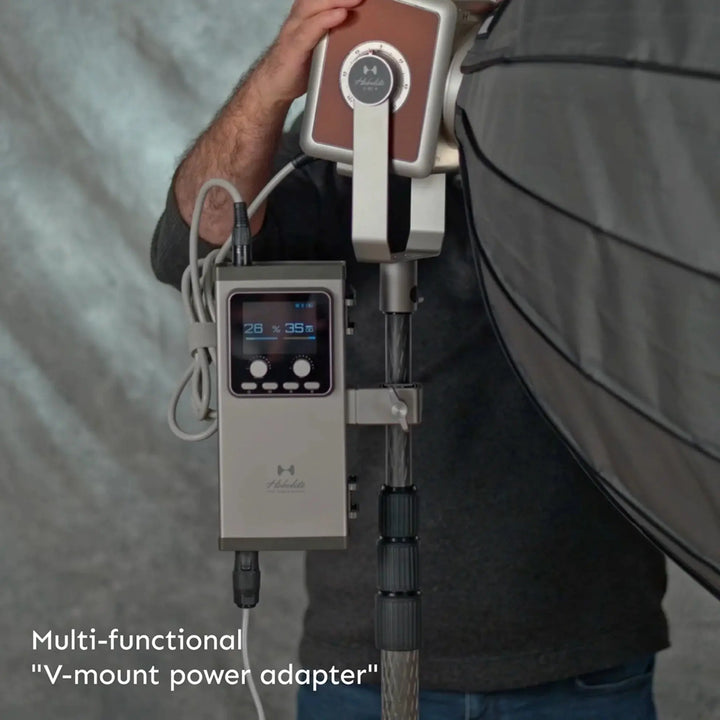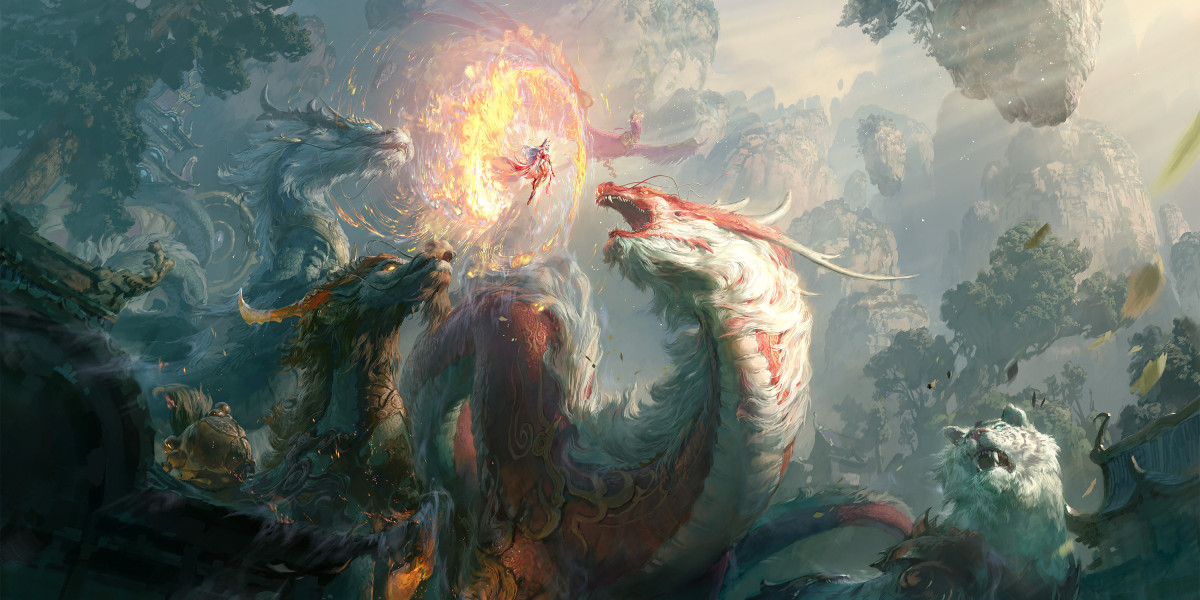Unlock the Secrets of Studio Lights: Transform Your Photography Skills Instantly!
When it comes to photography, lighting is the unsung hero that can make or break an image. Whether you are a professional photographer or an enthusiastic hobbyist, understanding how to manipulate light is crucial for capturing stunning photographs. Studio lights photography can elevate your skills by providing controlled lighting environments, allowing you to unleash your creativity without the unpredictability of natural light. In this article, we will explore the various types of studio lights available, their unique characteristics, and how they can be effectively utilized in different photography styles. From continuous lights to strobes and LED options, there's a world of possibilities waiting to be discovered.

Understanding Studio Lights
Studio lights are specialized lighting equipment used in controlled environments to enhance the quality of photographs. Unlike natural light, which can vary with the time of day, weather conditions, and location, studio lights offer consistent and adjustable illumination. This allows photographers to achieve the desired mood and effect, regardless of external circumstances. One of the significant advantages of using studio lights is the ability to manipulate shadows and highlights, giving you greater control over the composition of your images. Additionally, studio lights can be combined with various modifiers to soften or direct light, making them versatile tools in any photographer's kit. Many photographers, including friends of mine who are passionate about portrait photography, have found that investing in studio lights has transformed their work, allowing them to explore new creative avenues.
Types of Studio Lights
Studio lights come in a variety of types, each suited for different applications and styles of photography. The most common categories include continuous lights, strobes, and LED lights. Continuous lights provide a constant source of illumination, making it easy to see how they affect your subject in real-time. Strobes, on the other hand, are powerful flashes that can freeze motion and create dramatic lighting effects. Lastly, LED lights have gained popularity due to their energy efficiency and low heat output, making them ideal for long shooting sessions. Understanding the characteristics and uses of each type can help you choose the right lighting for your specific needs.
Continuous Lights
Continuous lights are a favorite among many photographers for their simplicity and ease of use. They emit a steady beam of light, allowing you to see how it interacts with your subject as you adjust your setup. This real-time feedback is invaluable, especially for beginners who might be experimenting with different angles and lighting setups. Continuous lights are particularly beneficial for video work as well, where consistent lighting is crucial. I recall a friend who uses continuous lights for her family portraits; she appreciates how they allow her to engage with her clients without the interruption of adjusting settings constantly.
Strobes
Strobes are powerful lighting tools that produce a quick burst of light, making them ideal for freezing motion and creating striking visuals. Their versatility allows photographers to achieve various effects, from dramatic shadows to soft, diffused lighting when used with modifiers. Strobes are commonly used in fashion photography, where high-speed shooting is essential. A colleague of mine often relies on strobes for his commercial work, as they enable him to capture intricate details in products while maintaining a high level of quality and clarity.
LED Lights
LED lights have revolutionized studio lighting with their energy efficiency and low heat output, making them a favorite among many photographers today. Unlike traditional bulbs, LED lights remain cool to the touch, allowing for extended shooting sessions without the discomfort of heat buildup. They are also highly portable and available in a range of color temperatures, making them suitable for various photography styles. Their growing popularity can be attributed to the fact that many photographers are looking for cost-effective and versatile lighting solutions. A friend who often shoots events has transitioned to using LED lights, finding that they provide the perfect balance of brightness and convenience.
Application of Studio Lights in Photography
Understanding how to apply different studio lights is essential for achieving the desired effects in various photography styles. For instance, in portrait photography, soft, diffused lighting can create flattering images that highlight facial features, while harsher light can add drama and depth. Product photography often requires precise lighting to showcase details and textures, which can be achieved through a combination of strobes and continuous lights. In fashion photography, creative lighting setups can enhance the mood and convey a specific style. Experimenting with different light placements, angles, and modifiers can help you discover unique looks that set your work apart from others. A friend of mine recently experimented with various light setups for her fashion shoots, and the results were nothing short of breathtaking, showcasing how effective studio lighting can be in creating stunning visuals.
Mastering Studio Lighting for Creative Photography
In summary, mastering the art of studio lighting can significantly enhance your photography skills and open up a world of creative possibilities. From understanding the various types of studio lights to exploring their applications in different photography styles, the knowledge gained can help you create striking, professional-quality images. Whether you're shooting portraits, products, or fashion, the right lighting setup can transform your work and elevate it to new heights. I encourage you to experiment with the different types of studio lights discussed in this article and discover how they can help you unlock your full potential as a photographer.











